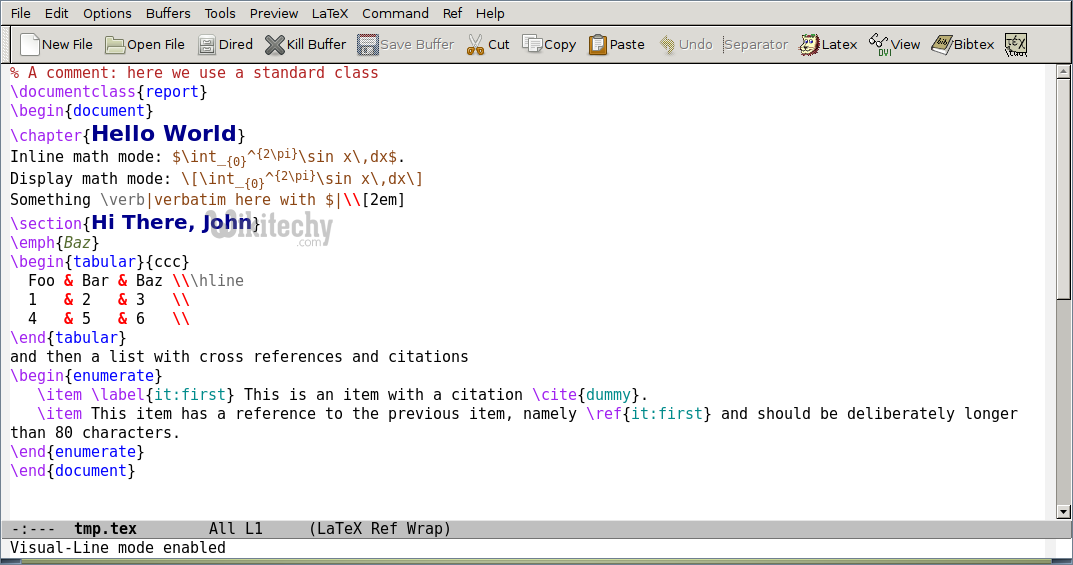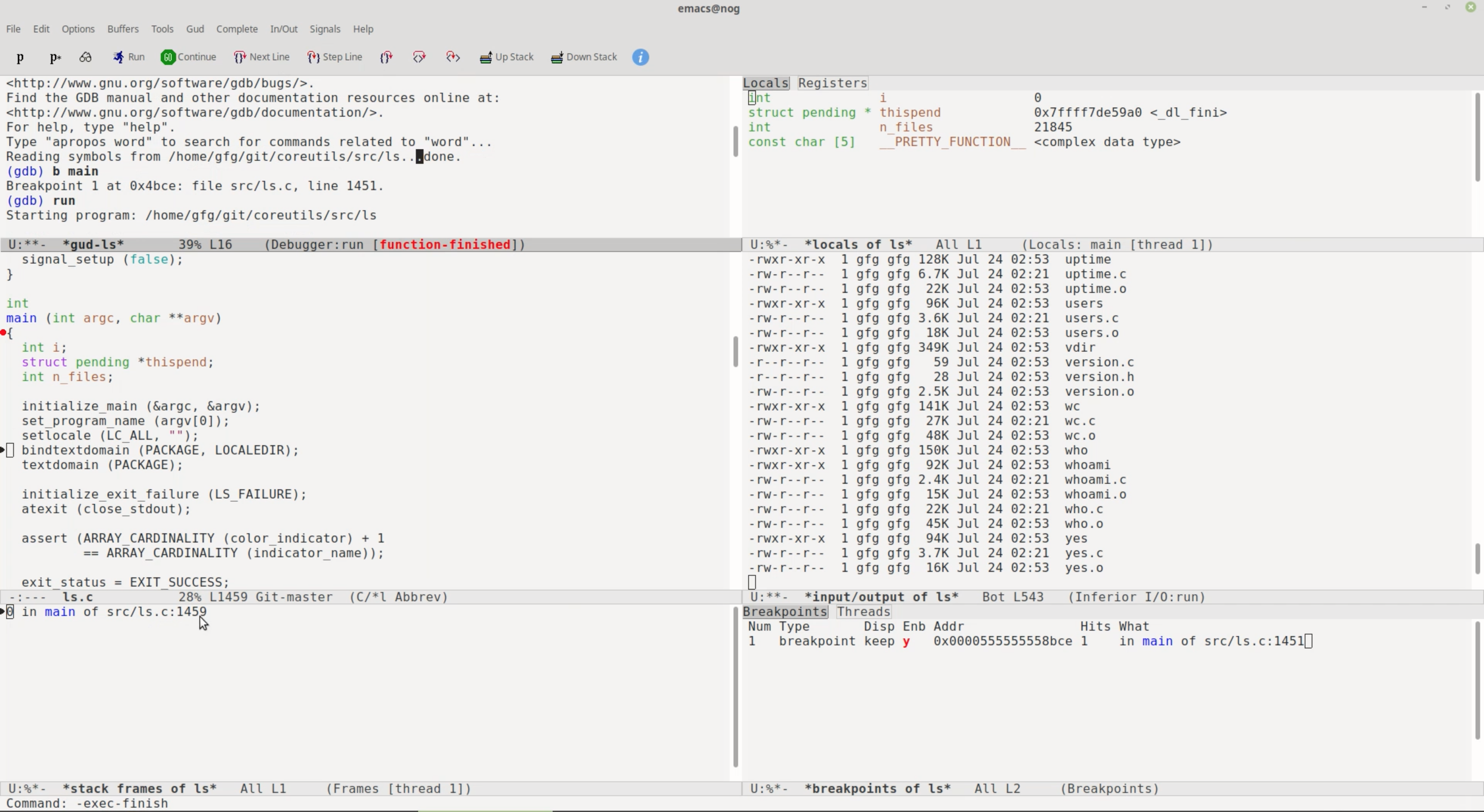

You can get a top-level sense of what it is with this summary, or watch a video demonstrating what Emacs and Org-Mode look like and showing why you might want to use them. Org-Mode is an application within Emacs, used for outlining, note-taking, project management, literate programming, and more–all with plain text. It encourages its users to do as much as possible in Emacs, and everything gets better and easier. The traditional UNIX philosophy is to “do one thing well.” Emacs takes a different, but complementary approach. If there’s a task humans can do with computers, you can probably do it in Emacs, on almost every operating system or computer. You can find Emacs here, as well as a tour here.
#Find in emacs software
It’s free software, and one of the largest, longest running software projects still in use. It’s a text editor, it’s an operating system, it’s a Lisp Environment. What would people who are interested in BASB want to know about Emacs and Org-Mode? OK, so, what is Emacs? I decided to use Evernote for the course, as suggested, but I had an ultimate goal: to implement a combined GTD/BASB workflow using Org-Mode. At the end of the day, it’s the concepts that really make the difference. Just like GTD, the concepts in BASB can be implemented with different technologies. The course doesn’t require you to use Evernote. One of the most frequently asked questions Tiago gets about the course is “Do I have to use Evernote?” The answer is “No, but…” He strongly suggests that you use Evernote for the duration of the course so that you can learn to use each technique and strategy that he teaches to be sure that they will work for you. Tiago uses Evernote for storing his reference materials, and it serves as the reference implementation for the course. I didn’t want to have to give that up for a new system.

Together, they form the most powerful software system I’ve ever come across. I have used Emacs and Org-Mode for years, to manage my tasks, make notes, and more. When I was considering taking the course, I wondered how it would change my current workflow. If you implement BASB and deeply dive into your reference materials in a systematic way, you’ll see a similarly dramatic increase in the quantity and quality of your creative output. After you’ve implemented GTD, capturing your actionable information, storing it in the appropriate place, and dealing with it at the right time and in the right context, you experienced a dramatic improvement in your personal productivity. Why should anyone do all that work? Well, imagine that you had never heard of GTD and you were skeptical of its promise. You can see a good overview of these ideas here at Doug Toft’s Books for Behavior Change.
#Find in emacs how to
It addresses how to capture, organize, and share reference materials, and provides one main strategy for each aspect:īuilding A Second Brain extends GTD, and focuses on the reference materials problem. His current focus is an online course about this topic: Building a Second Brain (BASB). If you aren’t familiar with Tiago’s work, you can find a brief overview here. When I heard Tiago Forte on Daniel Thorson’s podcast, Emerge, I thought he might be on to the answer to these questions. Are your physical and digital storage spaces crowded and messy? Do your organizational schemes change often but still somehow always conflict with each other? How do some people do it? What are the rewards of a trustworthy PKM system? I haven’t always had a good system for personal knowledge management (PKM). But he only says that how exactly you do so is a matter of “personal or organizational judgement.” Still, GTD has an unanswered question: how do you store and use non-actionable reference material? David Allen, creator of GTD, strongly recommends that you store non-actionable, but useful information as “reference” materials. It’s no surprise that managing tasks and information in a systematic way makes things smoother and more effective.

If you’re not already familiar with GTD, here’s a recent, fun, and illustrated conceptual overview. Getting Things Done (GTD) is a best-selling productivity book written by David Allen.
#Find in emacs series
Note from Tiago: This is the first in a series of guest posts I hope to eventually publish, showing how knowledge management principles and techniques, from my course Building a Second Brain and elsewhere, can be implemented in a wide variety of software programs.


 0 kommentar(er)
0 kommentar(er)
